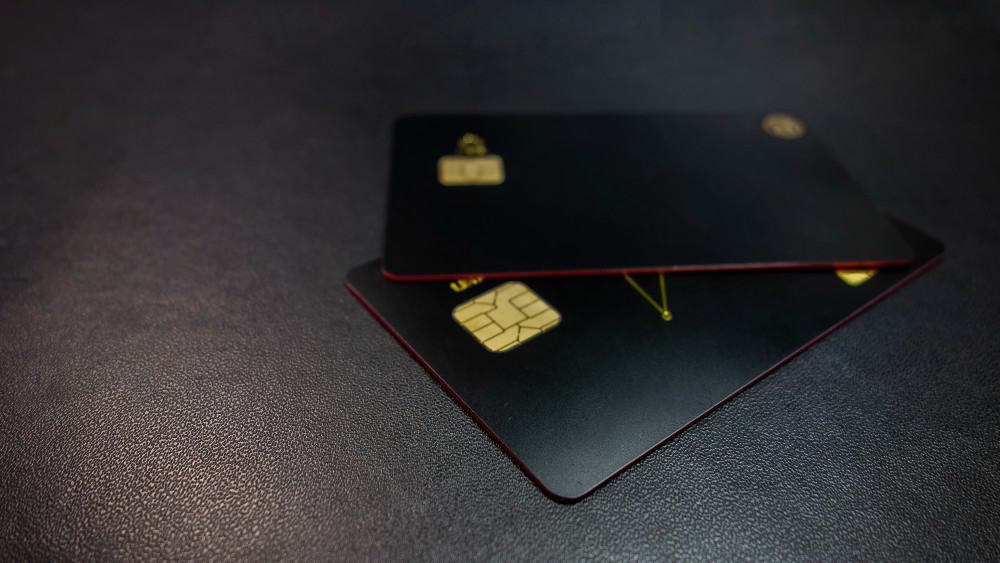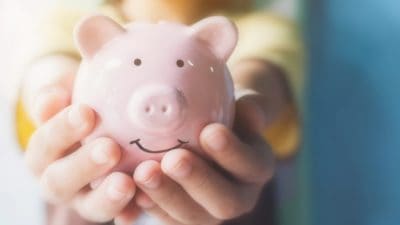You did not read that wrong, credit cards could be your ticket to pocketing an extra $1,000 in February.
Credit card churning is a technique of maximizing the value of credit card welcome bonuses in order to earn some extra cash. And while it does take some work on your end to hit a number like $1,000, it’s far from impossible.
What is credit card churning?
Churning is a credit card strategy that involves opening new credit cards only for the welcome bonuses. Once you earn and spend the welcome bonus, you cut up the card and close the account.
Churning is perfectly legal. It’s not something that credit card companies love, and it might knock your credit score by a few points (we’ll get to that below), but the bonus you earn could easily outweigh the few points you lose.
How to master credit card churning
There are lots of intricacies when it comes to credit card churning. And there are pitfalls you’ll want to avoid. But if you’re looking to get started, here are a few pointers that can help get you off the ground.
1. Look for the largest welcome bonuses
Don’t waste your time with bonuses below $200. If you’re going to knock your credit score down a few points, you want to snag the biggest and most lucrative bonuses Canadian rewards and cash-back credit cards have to offer.
A good way to evaluate your bonus is to set up a cost-benefit ratio. Let’s assume that a hard inquiry on your credit report will knock your credit score down by five points. If you snag a $500 welcome bonus, then we can say you traded one point per $100.
A card with a $200 bonus, however, will give you $40 per point. And a bonus of $100 will give you $20 per point.
Once you have a hypothetical ratio, then ask yourself: is $20 per point worth it? Keep in mind hard inquiries can stay on your report for 12 months or longer. If you think it’s worth the reduction, go for the bonus.
2. Don’t overlook cards with annual fees
I’ll admit: finding a card with a super-high bonus but an annual fee can feel like a major disappointment. But don’t say “no” just yet.
Often, cards with annual fees come with the highest welcome bonuses you’ll find. Normally, to justify the annual fee, you have to earn more on the card than the annual fee itself. But because you’re credit card churning, you’re not looking to earn money on the card. You’re just looking to earn money on the welcome bonus alone.
So, here’s what you should do. Take the difference between the bonus and the annual fee, then apply the cost-benefit ratio above. If the card has a $150 annual fee, but you can earn $400 back, then you could pocket $250. That’s about $50 per point (if you lose five points). Not bad.
If that’s worth the credit score reduction, don’t worry about paying the fee. Just make sure you redeem your points or cash back before your card’s anniversary, otherwise you could pay the annual fee again without a bonus to justify it.
It’s worth noting too that many cards that carry annual fees waive the fee for the first year. So, even though the card technically has an annual fee, you won’t have to pay it if you keep the card less than a year.
3. Keep track of your cards
Finally, to be an expert churner, you have to stay organized.
You’re likely going to open numerous credit cards at once. To keep track of all these cards, you could use a spreadsheet. Or you could, like me, simply keep the card itself in a place where you can see it. Once you’ve paid off a card and used the welcome bonus, you’re ready to close the account. At that point, you can cut up the credit card, close the account, and move on.
Avoid the credit card-churning pitfalls
Perhaps the biggest mistake you can make as a credit card churner is to rack up credit card debt.
This can happen in a few ways. The first — and most obvious — is that you spend more money than you can actually afford. If you don’t pay off your credit card balance in full by the end of the billing cycle, you’ll start to pay interest. And trust me — you don’t want to pay interest. Interest charges will start to eat into what you gained from churning. The longer you forgo paying the interest, the more money you’ll pay in the long run.
Another way to rack up credit card debt is to mismanage your credit cards — that is, you open so many new accounts, you forget how much you’ve spent on other cards. No one like surprise bills, not the least of which include credit card bills with high-interest APRs.
This can be especially problematic since most credit card companies — partly in an effort to cut down on churning — require that you spend a certain amount on the card to receive the bonus. For this reason, you will have to spend on the cards in order to get the bonus, so it’s equally important to keep track of that and … Pay. It. Down. As I noted above, stay organized!
Finally, don’t underestimate credit card companies. They’re not stupid: they know that some people like to use credit cards to churn welcome bonuses. If you open too many accounts at once, especially with the same credit card companies, you might get blacklisted as a credit card churner — that is, you could be banned from receiving welcome bonuses as well as forfeit any bonuses you’ve earned.
So, be smart. Open maybe one or two new credit cards this month. Then take a one- to two-month break and start again.
Should you try this?
I don’t know your personal situation, so I can’t say for sure whether this is right for you or not. Credit card churning has the potential to earn you some (or maybe a lot of) extra money. But it does require some work on your end and does have some downsides.
As I mentioned, this will impact your credit score. You’ll recover over time — particularly if you stop churning cards — but if you’re planning on applying for a mortgage soon or doing anything else that will use your credit as a decisive factor (renting an apartment, applying for a new job, etc.), it’s likely not an ideal time for you to do this.
If you have trouble staying organized and on top of bills, this also may not be right for you. If you don’t stay on top of your bills and spending when you’re trying to juggle multiple credit cards, you can very quickly go from trying to earn some extra money to trying to stem the bleeding from all of the money you’re losing.
Indeed, playing “within the rules” and simply maximizing the cash and rewards that you can earn from cash back and rewards credit cards can be pretty lucrative.
But if you like the idea of putting in a little more work to get some heftier payback, then it just might be worthwhile.
Want to start credit card churning?
If you’re ready to hop on and take your shot at earning $1,000 in February, take a look at Canada’s top rewards and cash-back cards.








